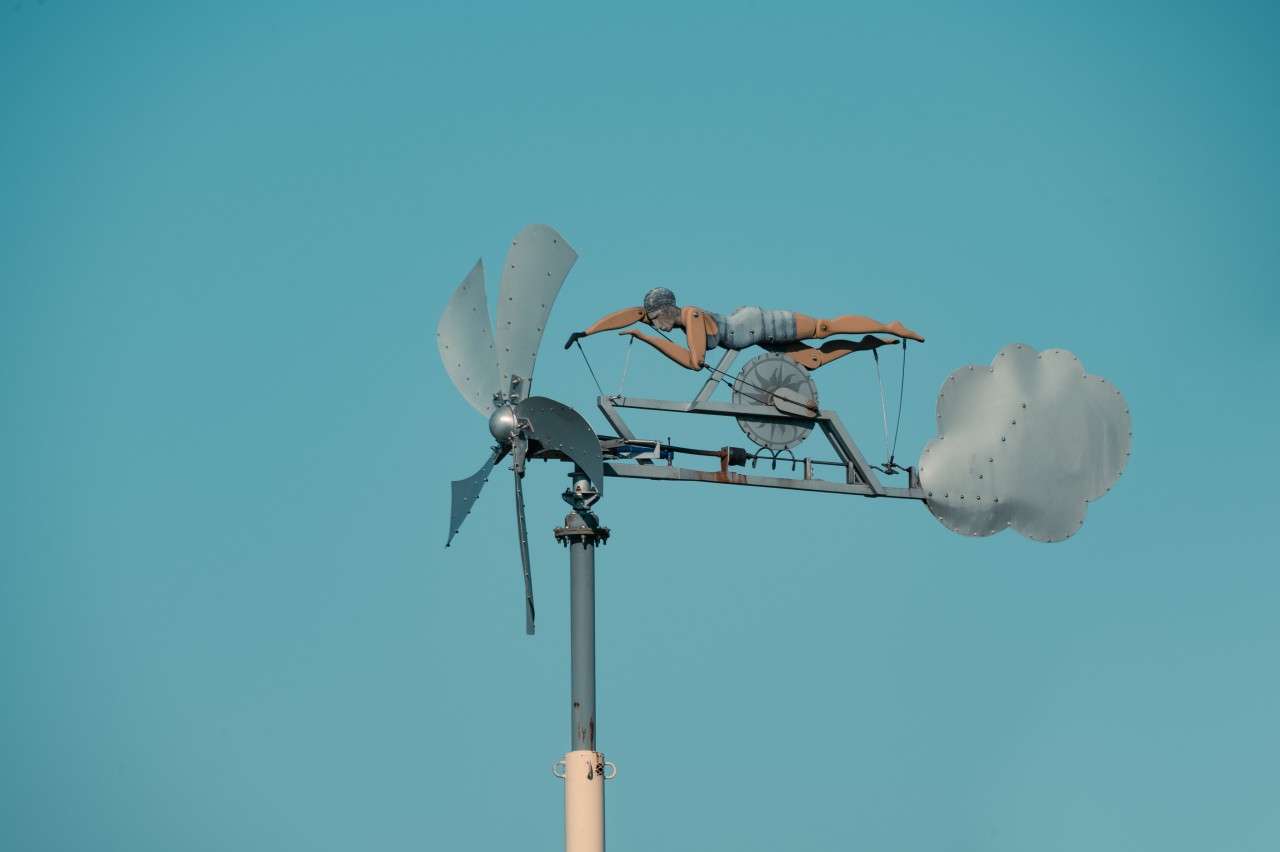Museum of London
Predictive BMS for the preservation of art

Ability to prevent failures and downtime of the "Air Handling Units"
Until now, MoL has not been able to predict failures and defects in its AHUs. The AHUs ensure that the environmental conditions in the museum remain within the set parameters that provide an optimal indoor climate for the artworks, protecting them from temperature fluctuations and humidity-related damage, for example. AHU failures, however, occur frequently and can damage the museum's artworks if they fail for an extended period of time.
Facility managers and engineers look forward to integrating the solution into their work processes
"The move to sophisticated learning, forecasting and predictive models in building maintenance is long overdue. At the Museum of London, we are excited to implement PredictiveBMS to predict outages and improve operational knowledge and efficiency. This will be a key element of facilities management in the future." - Steve Watson, Technical Building Manager (New Museum)
Museum of London aims to be carbon neutral by 2040
The development of an intelligent building management system tailored to the museum's exact needs will help achieve the goal. The museum aims to be a pioneer in this field, but also to positively influence other museums in its public responsibility. Intelligent building management can save not only costs, but also large amounts of greenhouse gases and help achieve the net-zero emissions target set by the UK government. In addition, the new museum building, which is currently being designed, offers great potential to make processes and working methods more efficient. Museum of London (MoL) Director Sharon Ament has stated that her goal for the New Museum in Smithfield is to "build a new public space that is sustainable and that millions of visitors can enjoy 24/7."
During the product development process, the project team was supported by partners from Amazon Web Services (AWS).
Lars Schmitz coached the teams on the "working backwards" approach at the beginning of the project. An approach where the customer's problem is fundamentally analyzed and understood before the development phase. This process helped the team to thoroughly understand the customer's problem and thus develop an effective solution.
If you are interested in the project or would like to learn more about other projects, visit the website of the Co-Innovation Lab and the Digital Transformation Lab (DTLab) at Munich University of Applied Sciences.
Semester: Sommersemester 2022
Faculties FK07 Informatik & FK10 Betriebswirtschaftslehre
Lecturers Prof. Dr. Johannes Ebke, Prof. Lars Brehm; Prof. Dr.-Ing. Holger Günzel
Challenge Partner Museum of London
Supporting documents:
During the Challenge, the students created several documents: